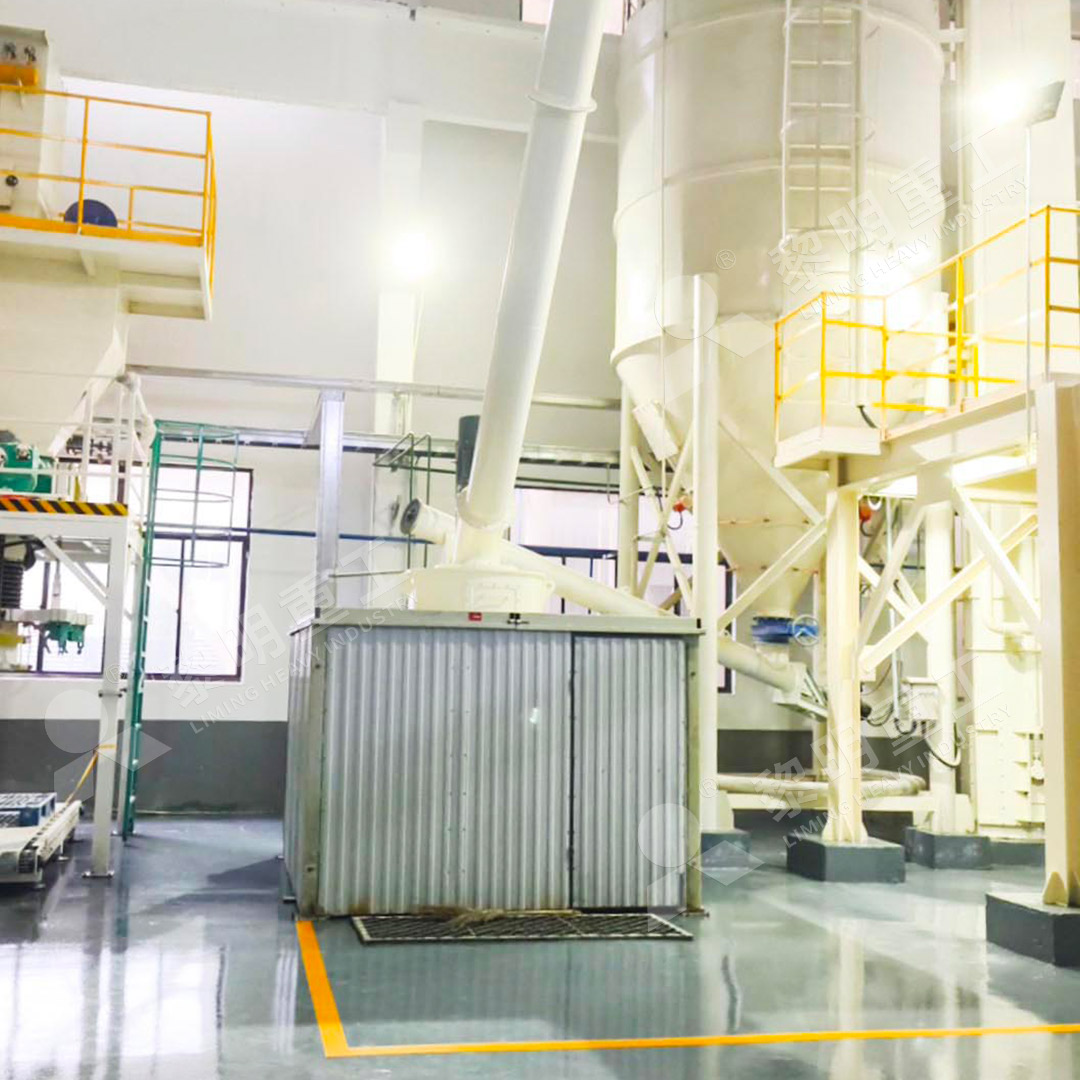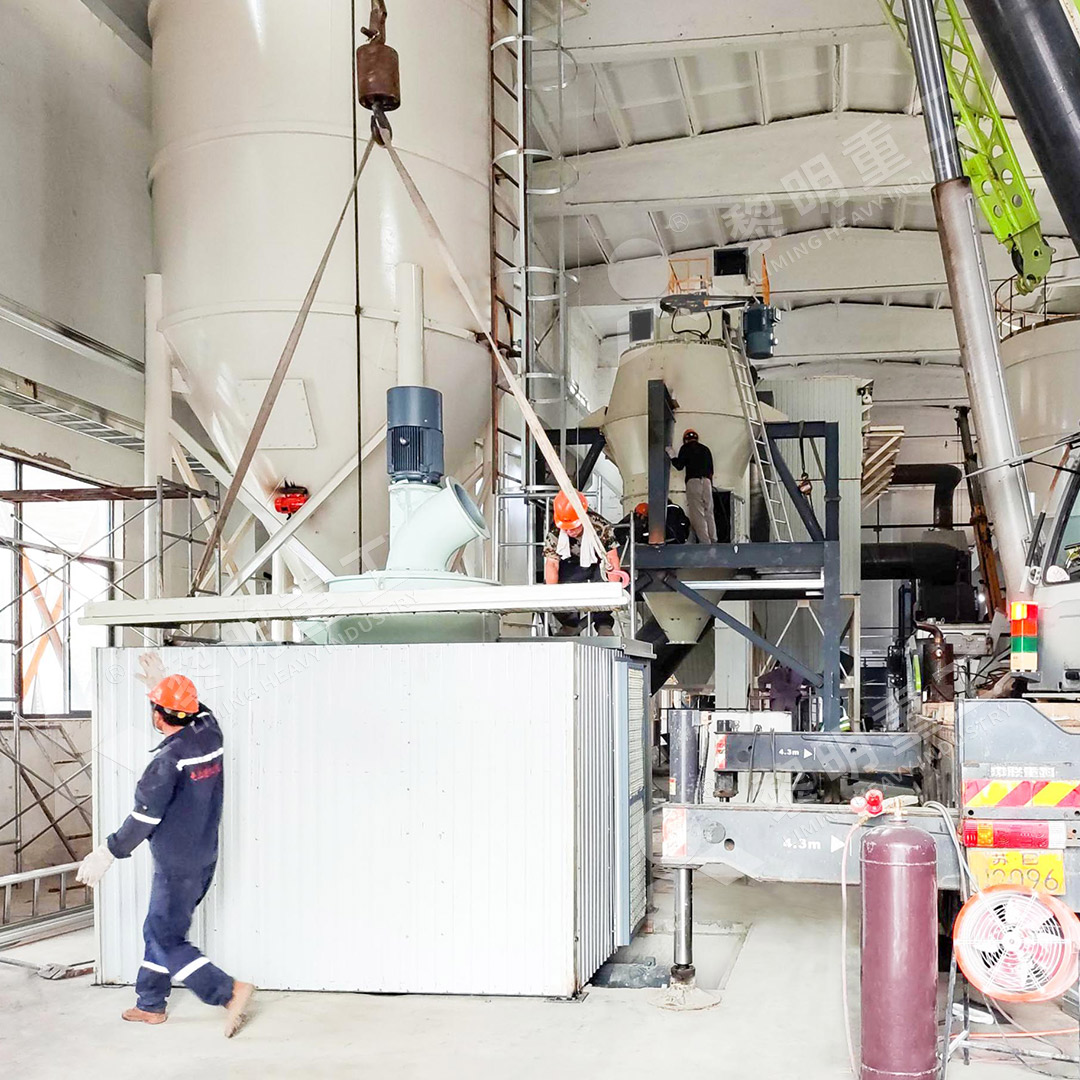What Grinding Mill is Used for Processing 425-3000 Mesh Heavy Calcium Powder?
Navigating the Ultra-Fine Grinding Landscape for Heavy Calcium Carbonate
In the world of industrial minerals, achieving precise particle sizes between 425 and 3000 mesh for heavy calcium powder presents significant technical challenges. This ultra-fine range demands equipment capable of exceptional precision, energy efficiency, and consistent performance. The selection of appropriate grinding technology becomes paramount for producers seeking competitive advantage in markets ranging from plastics and paints to pharmaceuticals and food additives.

The Technical Hurdles of Ultra-Fine Calcium Processing
Processing heavy calcium carbonate to 425-3000 mesh specifications requires overcoming several obstacles. Traditional ball mills struggle with energy efficiency at these fineness levels, while ordinary Raymond mills simply cannot reach the upper spectrum of this range. The extreme fineness demands create issues with heat generation, particle agglomeration, and classification accuracy. Additionally, maintaining product whiteness and purity becomes increasingly difficult as particle size decreases, since mechanical contamination and iron pollution can easily compromise quality.
When evaluating equipment for this application, several factors must be considered: the precision of the powder separation system, the efficiency of the grinding mechanism, energy consumption per ton of output, and the overall environmental footprint of the operation. The ideal solution must balance production capacity with particle size distribution control while minimizing operational costs.
Advanced Grinding Solutions for Precision Applications
Among the various technologies available, our MW Ultrafine Grinding Mill stands out as particularly well-suited for heavy calcium processing in the 425-3000 mesh range. This advanced system represents a significant leap forward in ultra-fine grinding technology, specifically engineered to address the challenges of high-precision mineral processing.
The MW series incorporates German-designed cage-type powder selectors that provide exceptional separation accuracy, allowing precise control over final product fineness. With the capability to adjust between 325-2500 meshes (extendable to 3000 mesh for certain materials), this equipment consistently achieves d97≤5μm in a single pass. The innovative grinding curve design of the roller and ring assembly enhances efficiency, delivering 40% higher capacity than jet mills and double the output of ball mills with equivalent power consumption.

Operational Advantages in Heavy Calcium Production
What sets the MW Ultrafine Grinding Mill apart in practical applications is its thoughtful engineering for real-world production environments. The complete absence of rolling bearings and screws within the grinding chamber eliminates common failure points and prevents machine damage from loose components. The external lubrication system enables maintenance without shutdown, supporting continuous 24-hour operation that is essential for modern production facilities.
From an environmental perspective, the integrated pulse dust collector ensures dust-free operation while silencers and noise reduction chambers maintain workplace noise at acceptable levels. The system’s energy efficiency is particularly noteworthy – consuming only 30% of the energy required by comparable jet milling systems. With an input size capability of 0-20 mm and throughput ranging from 0.5 to 25 tph, the MW series offers flexibility across various production scenarios.
For operations requiring even higher levels of automation and precision, our LUM Ultrafine Vertical Grinding Mill presents another compelling option. This system combines Taiwanese grinding roller technology with German powder separation expertise, featuring PLC controls and multi-head powder separating technology that enables exact control over grinding parameters. The LUM series excels in producing superior whiteness and cleanliness in finished products, with energy consumption 30-50% lower than conventional mills.

Making the Right Choice for Your Operation
Selecting between these advanced grinding systems depends on specific production requirements, available infrastructure, and product quality targets. Both the MW and LUM series represent the current state-of-the-art in ultra-fine grinding technology, offering distinct advantages for heavy calcium processing. The reversible structure of the LUM mill facilitates easier maintenance of heavy grinding rollers, while the MW’s simplified chamber design reduces potential failure points.
Producers should consider not only the initial investment but also long-term operational costs, maintenance requirements, and the flexibility to adjust product specifications as market demands evolve. Both systems benefit from our digitalized manufacturing processes, ensuring high precision in core components, and comprehensive spare parts support for worry-free operation.
Frequently Asked Questions
What is the maximum fineness achievable with the MW Ultrafine Grinding Mill for heavy calcium?
The MW series can consistently produce heavy calcium powder up to 2500 mesh, with capabilities extending to 3000 mesh for certain material characteristics and production conditions.
How does the energy consumption compare between traditional ball mills and the MW series?
The MW Ultrafine Grinding Mill reduces energy consumption by approximately 60-70% compared to traditional ball mills while providing double the production capacity at the same fineness level.
Can these systems handle variations in feed material size?
Yes, the MW series accepts input sizes from 0-20 mm, while the LUM system handles 0-10 mm feed material, providing flexibility in upstream crushing requirements.
What maintenance advantages do these mills offer?
The MW series features no rolling bearings or screws in the grinding chamber and external lubrication capability, while the LUM mill incorporates a reversible structure for easy roller maintenance – both designed to minimize downtime.
How do these systems address environmental concerns?
Both mills integrate efficient pulse dust collectors for dust-free operation, silencers for noise reduction, and energy-efficient designs that significantly reduce the carbon footprint of ultra-fine grinding operations.
